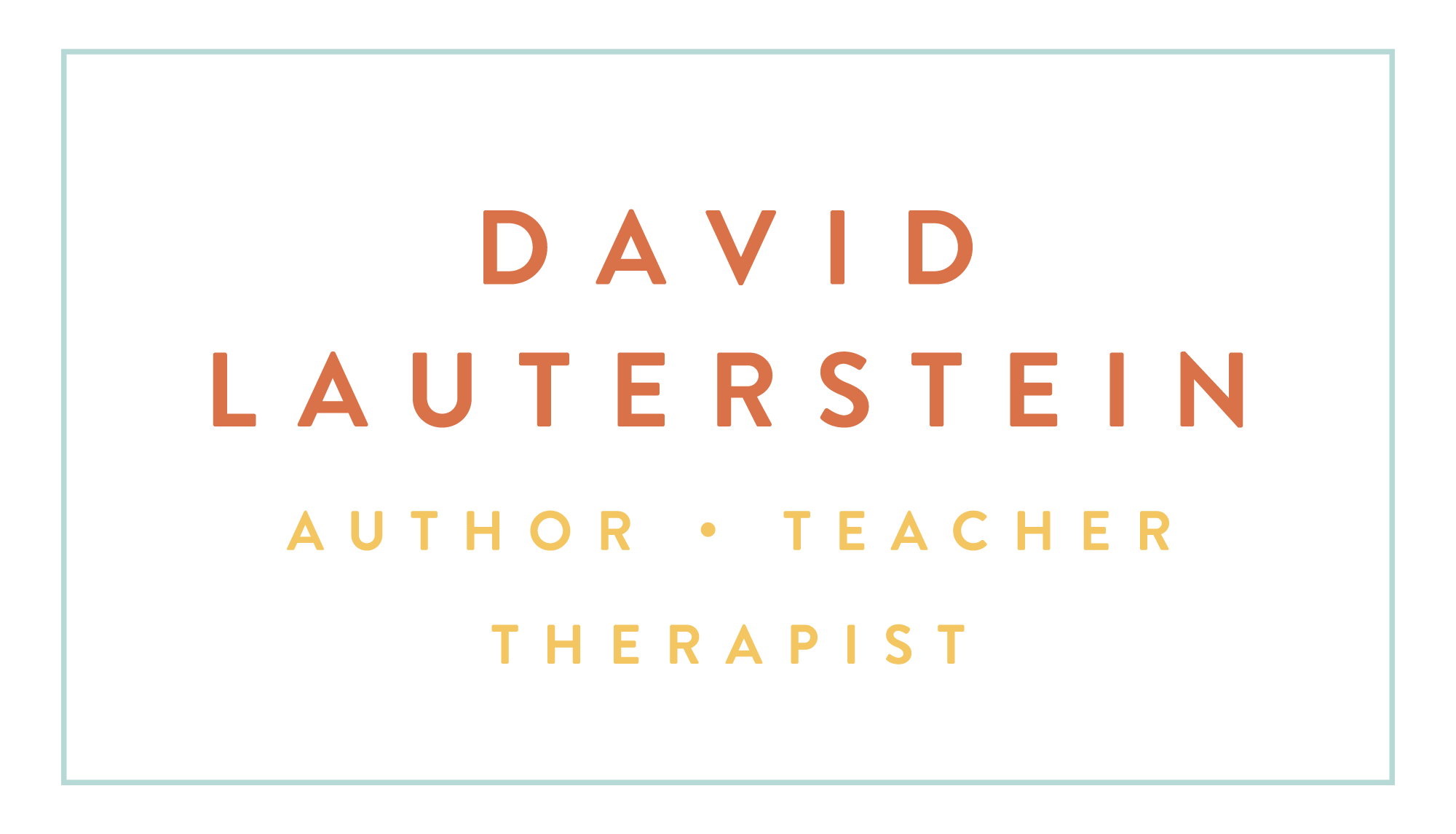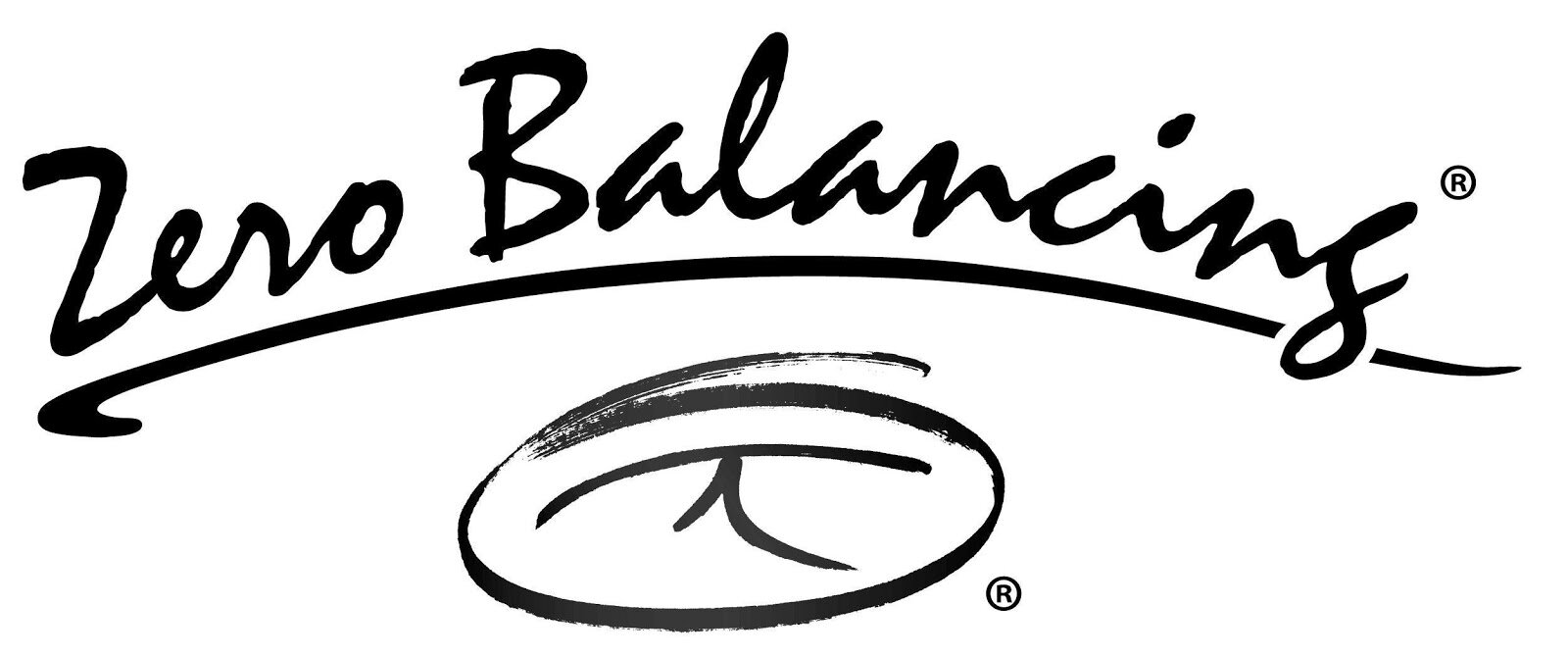Zero Balancing, Deep Massage and the Fulcrum
“an agent through which vital powers are exercised”
-American Heritage Dictionary
There are essentially two models for how we affect people positively through therapeutic touch. One is the manipulation model and the other is the neuro-muscular or, if you like, structure and energy model. Both are useful and true in their way.
The first, that of soft tissue and/or skeletal manipulation, views our techniques as being physically effective through variously manipulating the body: the muscles, bones, fascia, lymph, skin, venous return, etc. That is true as far it goes.
The second, particularly as used in Zero Balancing and Deep Massage, results in one working with “fulcrums”, not through manipulation. A fulcrum in this case is a use of touch to help the client in themselves create and experience a new level of balance in body, emotion, and mind. We use fulcrum instead of “technique”, because the latter implies a “doing-to” someone. Techniques are applied to materials, from outside in. Fulcrums are a “doing-with”, using touch as a stimulus for the person to respond positively from inside out.
There are essentially seven steps to a fulcrum:
1) Center yourself
Centering brings awareness into our movements, our energy and structure together in our work. Centering involves being balanced in our physical body, grounded, accessing our excitement, breathing, caring, expressing ourselves with truthfulness and clarity, thinking clearly, and being open to inspiration.
2) Take out the looseness in the soft tissues, Bones or joints to be addressed
Once we've taken out the looseness from the physical body, we begin to be actually in contact. Note how a handshake feels if you do not grip firmly enough to really engage the other person.
3) Take up the slack
When we take up further slack from the soft tissues, the therapist’s next movements will be very precisely experienced by the client (the client's awareness and energy will then accompany the structural work).
4) Add two or more vectors of force
In the modern world, it is common to experience our physical selves and everyday lives as somewhat disorganized. By slowly adding clearer, stronger force fields, Deep Massage and/or Zero Balancing set the stage for change from within.
5) Hold (or sustain the gesture) and balance
It is not the therapist who is the healer, but rather the client who balances themselves with high quality input from the therapist. As we patiently hold a psycho-physical point or clearly make a long stroke, we have met the person with a clearer, and stronger forcefield than that which previously existed. Thankfully, this amplifies the client’s momentum toward more peace of body and mind, with a prolonged sense of safety and the evocation of their capacity for self-creativity and healing from within.
6) Perceive change
Deep Massage and Zero Balancing teach a very specific set of "working signs" to observe for. These, most visibly through altered breathing or facial expression, show how the person is integrating the fulcrum.
7) Clearly disengage
Each fulcrum is a unique and sometimes powerful experience that we frame by taking our hands off the body and allowing for a moment before beginning the next fulcrum. It is analogous to dropping a pebble into a pond, watching the ripples, and waiting for the pool to come to rest again before dropping anything more in.

